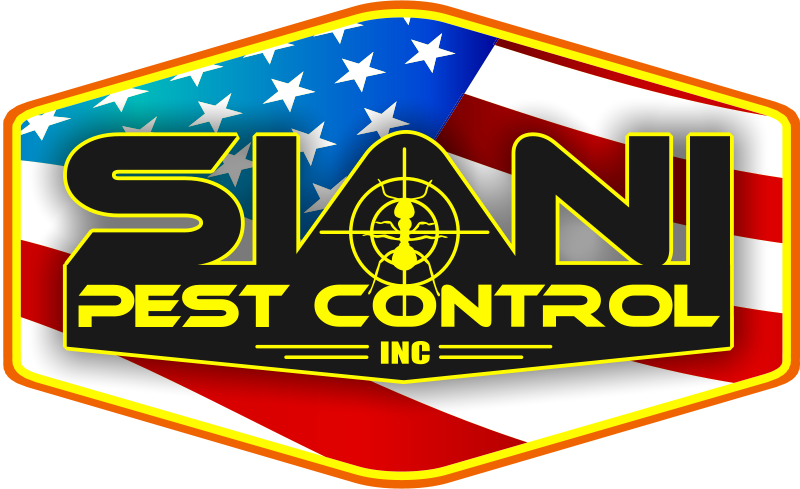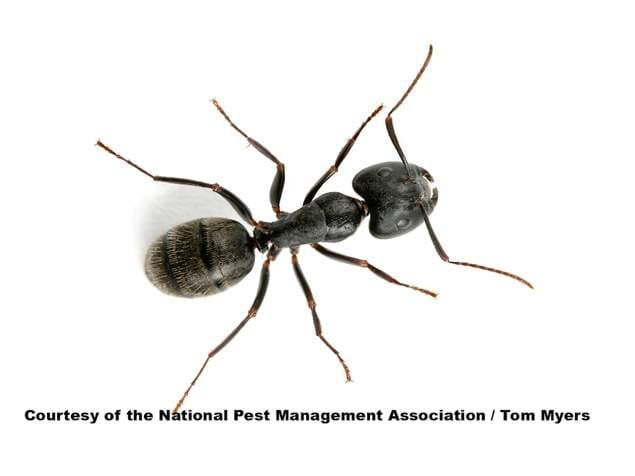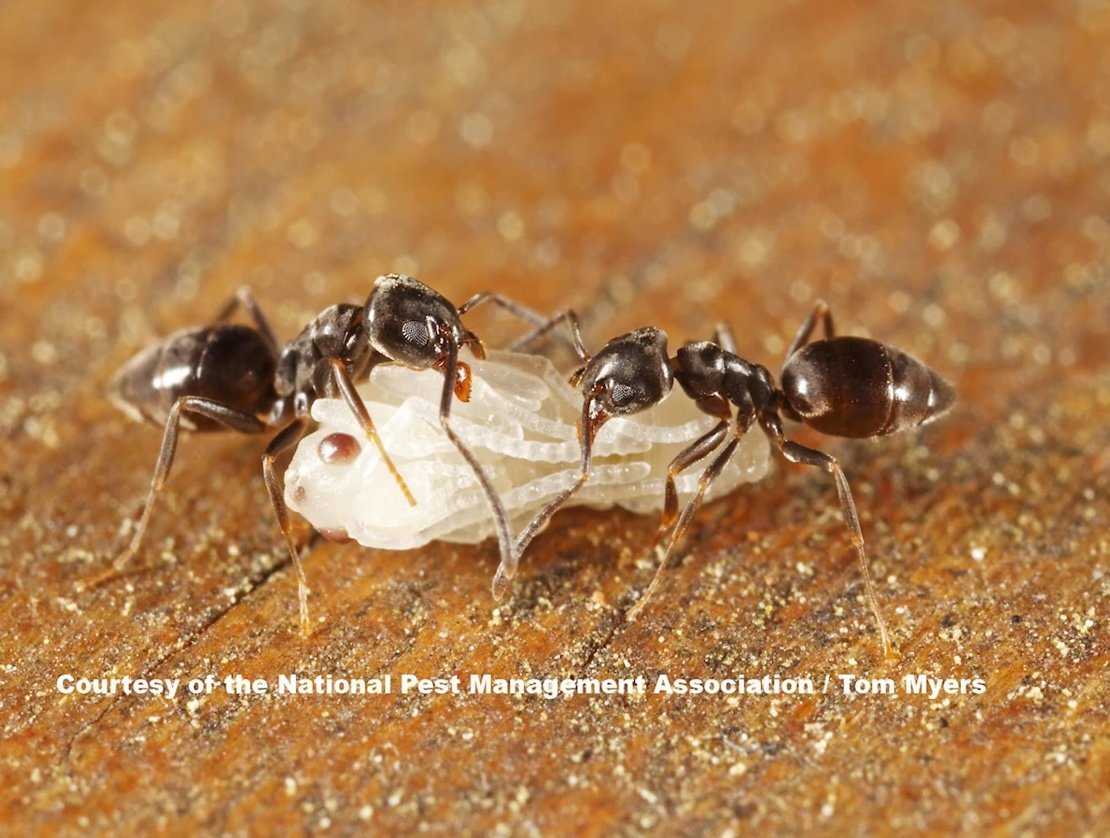Ants are the number 1 nuisance pest in America, and they come in a lot of different sizes and types - from the tiny odorous house ant (aka sugar ant) to the Carpenter ant. Read on to learn which types can cause food contamination or expensive property damage!
Carpenter ant
Carpenter ants are among the largest ants in our area. They can infest your home and other buildings on your property. They have dark-colored bodies, narrow waists, and bent antennae. When found in homes, their nests are usually found in moist or decayed wood. Carpenter ants damage wood by excavating and creating galleries and tunnels for their nests. These areas are clean, i.e. they do not contain sawdust or other debris, as is usually seen with termites, and are smooth, with a well sanded appearance. The potential damage to wood structures is variable. The longer the ants are uncontrolled in a structure, the more damage they can do. Structural wood can be weakened when carpenter ant damage is severe, although damage occurs slowly, often taking years to occur.
Carpenter Ant damage
The pavement ant is one of the most commonly encountered house-infesting ants throughout Pennsylvania. Pavement ants are around an eighth of an inch in length and have parallel lines on their thorax and head. They can vary in color from light brown to black, and their legs are lighter in color than the rest of their bodies. Pavement ant antennae have multiple segments and a club at the end. They naturally nest in the ground under a variety of objects but gravitate towards the pavement. If they are allowed to infest your home, they can spread bacteria to all surfaces they come into contact with which can contaminate your food.
Pavement Ant
Odorous House Ants are species of small ant between 1/16 and 1/8 of an inch long that also goes by the names sugar ant, stink ant, and coconut ant. Odorous house ants will, given time, develop extremely large colonies. Winged ants from this type appear in May through July. Odorous house ants will nest indoors near sources of moisture and warmth, but also in termite-damaged wood. They have a sweet tooth, but can feed on so many types of food that they can contaminate stored products throughout the home.
Odorous House ants, aka sugar ants, stink ants or coconut ants.




